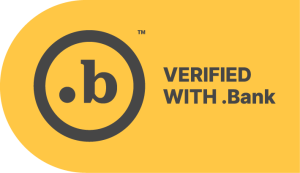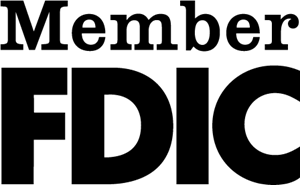As you map out your financial goals for the future, you may have come across the term “financial independence.” But what is financial independence? Fiscal freedom can look different for everyone. You can search high and low to answer the question “what is financial independence?” and not find the same explanation. However, one aspect is true for every situation: at the core of financial independence is having a say in how your money is used.
Keep reading to learn more about financial independence and how much you need to achieve it.
What Is Financial Independence?
The concept of not feeling confined by your finances is nothing new. Since the introduction of standardized currency, there has been a desire to manage it better and make it grow. However, the financial independence we know today can be defined differently depending on who you ask.
Here are five prevalent ideas we found surrounding financial independence:
- An ability to live without financial assistance from others. This definition skews toward younger adults who want to live without assistance from parents, but could also be applicable to adults of any age who may have encountered a financial emergency or hardship.
- An ability to pay bills and live comfortably. Many find financial independence when they can pay their regular bills and don’t have to live paycheck to paycheck. A survey on women’s perceptions of money and their confidence regarding financial management revealed that 49% of women viewed “having money” as synonymous with security and peace of mind.
- An ability to live debt-free. The idea that you don’t owe anything to another person or lender is freeing. In a survey that asked respondents how they defined “financial freedom,” 54.2% agreed it means living debt-free.
- An ability to weather unexpected expenses. Losing a job, encountering a medical emergency or dealing with significant property damage are financial emergencies that can affect anyone. “Being able to weather an unexpected expense” ranks highly as a sign of financial independence. An emergency savings fund can aid recovery from these events and lend peace of mind.
- An ability to live without working a regular full-time job. Most people dream of retirement. The ability to pursue your own goals while living off of savings, no longer depending on income from an employer, is widely recognized as financial independence. In the early 1990s, the idea of early retirement began from a movement called FIRE, which stands for Financial Independence, Retire Early. Regardless of when you hope to retire, aspects of the FIRE movement can move you closer to financial independence.
How Much Do You Need to Be Financially Independent? Four Important Steps to Mapping Your Journey
Unfortunately, there isn’t a one-amount-fits-all when it comes to reaching financial independence. A study on the state of financial planning and progress for Americans in 2023 stated that respondents believed they would need $1.27 million to retire or become financially independent from a full-time job. This number can be especially daunting if you’re in the majority of young adults who haven’t received any formal education on personal finance or investing.
However, no matter your age or income, you can follow a few principles to achieve your monetary goals. Let’s dive into a few ways you can move toward financial independence.
(Want more info on starting a financial plan? Check out our article on how to start a financial plan today!)
Take a Financial Assessment
One of Maya Angelou’s most recognizable quotes, “You can’t really know where you are going until you know where you have been,” applies to accomplishing financial independence. To lay your path toward fiscal freedom, you must understand your current financial situation.
The best way to get started on your financial assessment is to write down your monthly income and expenses with your total debt. Once you’ve had a chance to dig into your current financial situation, you can identify opportunities to achieve your goals.
Use Elements of a FIRE Plan to Achieve Greater Financial Independence
Whether you are looking to retire early, build up your emergency savings fund or afford to move out of your parent’s home, it’s a great idea to refer to the FIRE plan as a template. FIRE plans revolve around aggressive cost-cutting and savings to accomplish a goal. Use your frugality to your advantage as you save up to achieve your financial goals.
Learn more about FIRE planning and how to retire early here.
Create a Budget
Once you’ve outlined your current situation and have determined your financial independence goal, creating a budget and sticking to that budget is essential for long-term success.
Use Multiple Savings Accounts for Fund Allocation
Having a general savings account for large purchases or emergencies is a great idea. However, creating a separate savings account for your specific financial independence goals is even better. You can set and forget an auto-transfer from your checking account to your designated savings account each month.
Look for High-Yield Savings and Investment Accounts You Can Use
If you are looking to diversify your investments as you prepare for financial independence or retirement, you may be in the market to utilize a certificate of deposit (CD) or a high-yield savings account. These savings methods are great ways to add steady returns to your overall financial independence strategy.
Bank Locally
Your local bank is a great place to start on your path toward financial independence. Local banks offer many of the same services as larger competitors but are often more invested in your personal success. These financial institutions want to help individuals reach their financial goals because it is good for the overall community.
If you live in the mid-Missouri area and are looking for a better way to bank, visit a Community Point Bank location or fill out our contact form online today! We would love to help you set up the accounts you need to reach your financial independence goals.




